Where you put your smoke detectors matters just as much as installing them. Proper placement makes sure they can detect...
High-rise buildings present challenges that low-rise buildings or standalone houses don’t. These challenges make fire safety a bit trickier for people living there.
So, how exactly do you protect yourself and your family from fires if you’re living in a high-rise building? In this post, we’ll talk about fire safety in high-rise buildings.
5 Fire Safety Tips in High-Rise Buildings
There are a lot of fire safety risks associated with high-rise buildings, including how quickly fire spreads, difficulty evacuating, and smoke inhalation. Avoid these risks by following these tips:
1. Know your building’s fire safety plan and systems.

Be familiar with your building’s plan. It should show what you must do during a fire emergency.
You should also know your building’s fire alarm and fire sprinkler systems. Understand and recognize the sound of your building’s fire alarm system if it goes off. Doing this prevents you from getting confused during a fire emergency, letting you evacuate properly. Being able to quickly and calmly respond to your building’s fire alarms can make a huge difference in safely evacuating.
2. Practice is key.
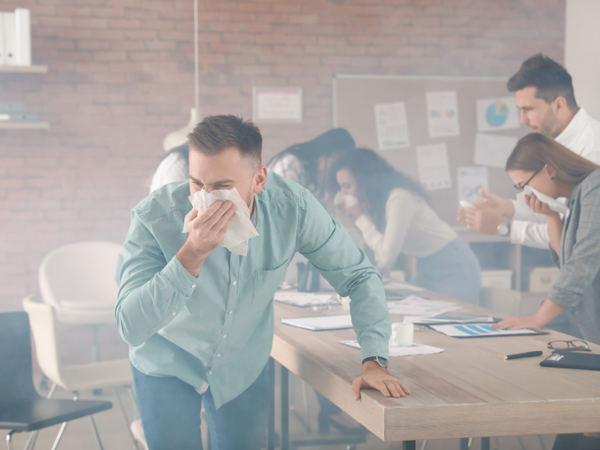
While being familiar with your building’s evacuation plan is great, nothing beats practicing it. The government usually requires high-rise buildings to hold a fire drill at least once a year, so make sure to participate in yours.
Keep a copy of your building’s evacuation plan and practice it with your family at least twice a year. Identify all exits in your building and mark different exit routes in case one is blocked by fire.
3. Never use the elevator.

Use the stairs if you have to evacuate your building. Never use the elevator because a fire can short it out. As a result, the elevator might stop between floors, or worse, it might stop on the floor where the fire started.
Smoke can also enter the elevator shaft, suffocating people inside the elevator. The movement of the elevator also pushes air around, making it easier for the fire to spread.
4. Stay low.

Remember, smoke rises. It can also kill. Even if you think you can tolerate the smoke when standing, it’s safer to crawl to the door or nearest exit.
Smoke also hurts more people than flames, so if you see smoke while escaping, go low immediately and stay low until you escape.
5. Have a fire safety kit.
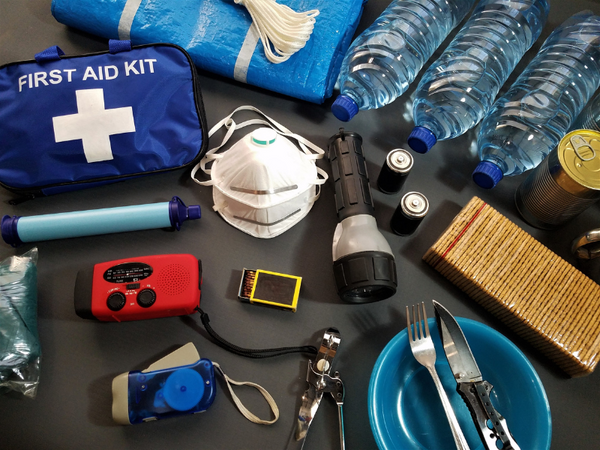
Prepare a fire safety kit and place it in an easily accessible location in your unit. This kit should at least include an emergency fire blanket, fire spray or fire extinguisher, fire gloves, and a smoke mask.
Familiarize yourself with each item and how to use it properly. For instance, you must learn how to use a fire spray: tear the tab off, aim it at the base of the fire, and spray it from side to side.
This kit can prevent a fire from turning into a huge disaster or protect you and your loved ones until you can evacuate or help arrives.
Conclusion
High-rise buildings make firefighting and rescue operations more complicated because of their many floors. Knowing about fire safety helps keep you and your loved ones safe when a fire starts. So print or bookmark this guide and familiarize yourself with it as soon as you can. Stay safe, prepared hero!


 Fire
Fire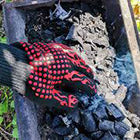 Safety
Safety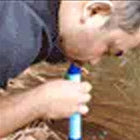 Survival
Survival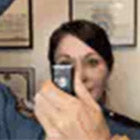 Protection
Protection New
New Scouting America
Scouting America
 Fire
Fire Safety
Safety Survival
Survival Protection
Protection New
New












